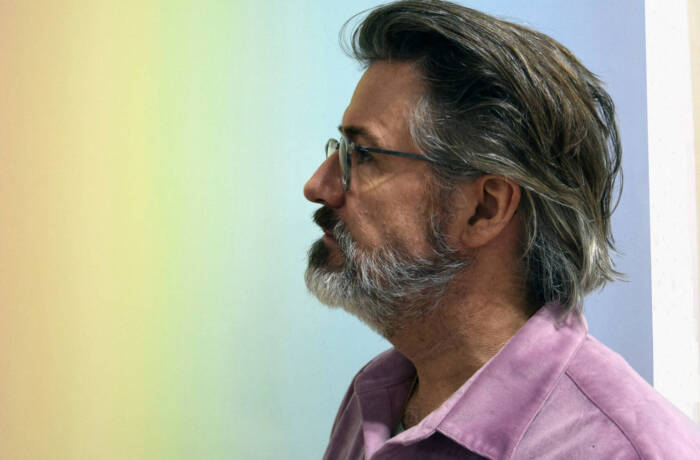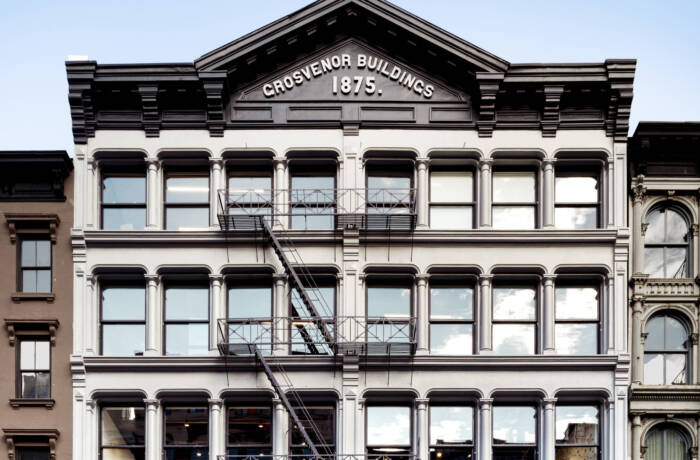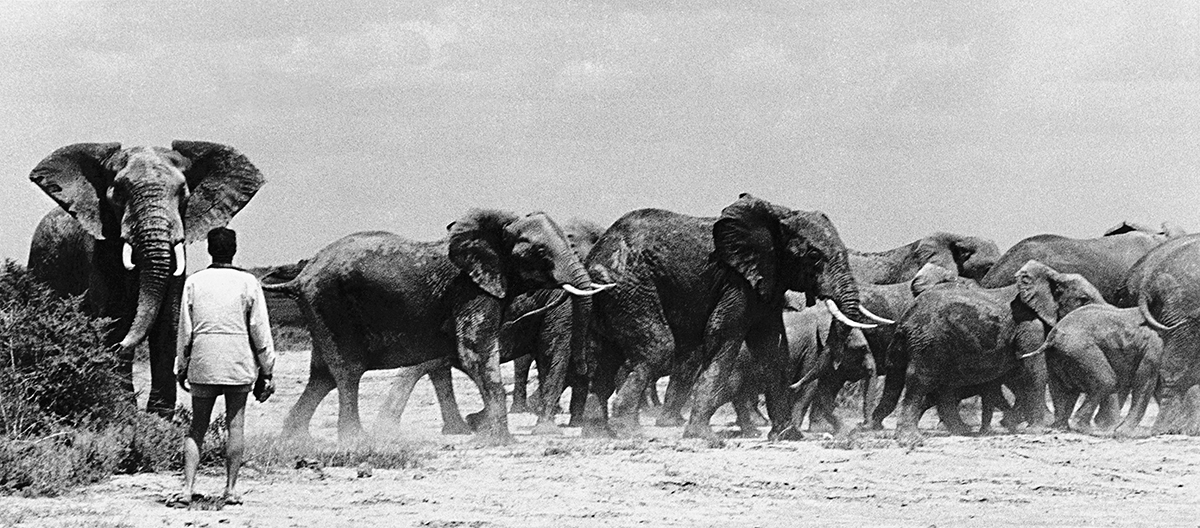
Peter Beard & Mock Elephant Charge (1985), by Mirella Ricciardi
Born in Kenya, Mirella Ricciardi has worked as a photographer for over 65 years, shooting everything from high-profile fashion campaigns to documentary series. Following the opening of her latest exhibition Past and Present: Vanishing and Contemporary Africa, Rosie Ellison-Balaam speaks to the prolific artist about her influences, creative process and archival work with her daughter
1. How did you decide which of your photographs to show in Past and Present?
We judged the images from the Past according to how they were received in previous shows. For example, The Somali Cattle Herder with Turban recently purchased at Augustus Brandt, in this new large format, as a chromogenic c-type print and then, we introduced my unseen contemporary work taken from 2008 onwards.
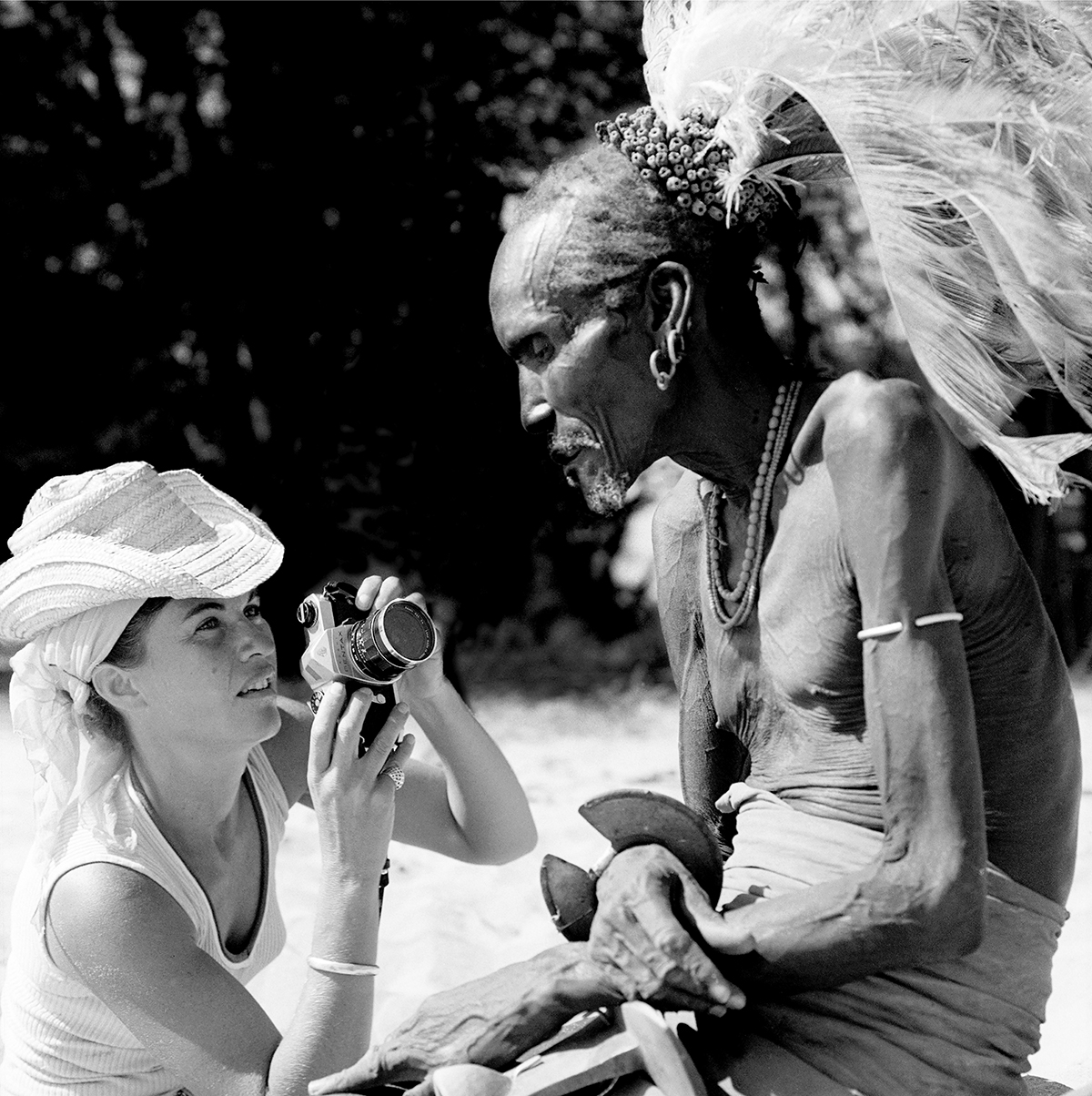
Mirella photographing a Paramount Chief in Kenya. Image by Shaibu Shakua, Mirella’s Assistant on Vanishing Africa.
2. How do you think your work fits into the surroundings of Augustus Brandt?
They fitted wonderfully into the elegant Edwardian setting of Newland House, alongside Nicola Jones’s [curatorial] vision that complimented the modern and antique concept.
Follow LUX on Instagram: luxthemagazine
3. Which photographers have most influenced your practice?
Harry Meerson and Sam Haskins for their high contrast images, and the Italian camera man Antonio Climati, who taught me to shoot into the light source.
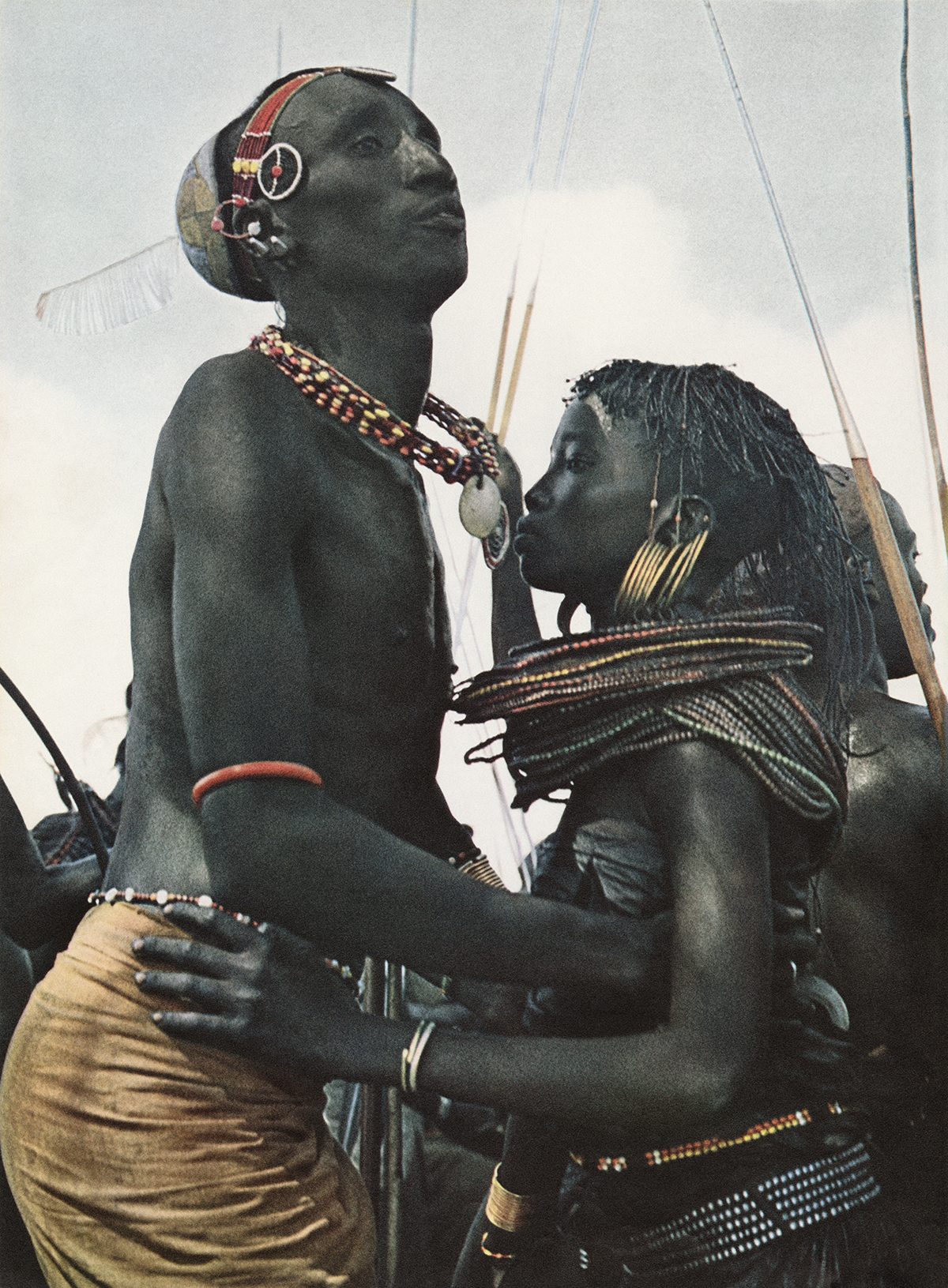
Cover image of Ricciardi’s book Vanishing Africa featuring Pokot Dancers in Western Kenya, East Africa (1968), by Mirella Ricciardi
4. Which series do you feel most proud of?
What I did on my Vanishing Africa shoot, where I quite instinctively seemed to capture the soul of the wild and gentle tribal people I was photographing.
Read more: Chaumet’s latest exhibition in collaboration with photographer Julia Hetta
5. What was it like working alongside your daughter?
It wasn’t always easy because Amina [Ricciardi’s daughter and director of the photographer’s archive] had her own very strong opinions on the work we were dealing with due to structural differences, i.e. I was more interested in the visual aspect while she needed to maintain the acceptable status quo of the photographic establishment.
6. How does your approach to a shooting documentary series differ from a fashion project?
They are two entirely different approaches: documentary focuses on storytelling, while fashion focuses on visual form.
‘Past and Present: Vanishing and Contemporary Africa’ runs until 20 November 2019 at Augustus Brandt, Newlands House in Petworth, West Sussex. For more information visit: augustusbrandt.co.uk/mirella-ricciardi/
To view Mirella Ricciardi’s full portfolio visit: mirellaricciardi.com


